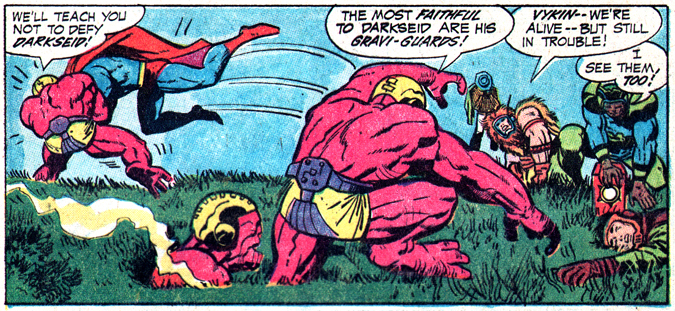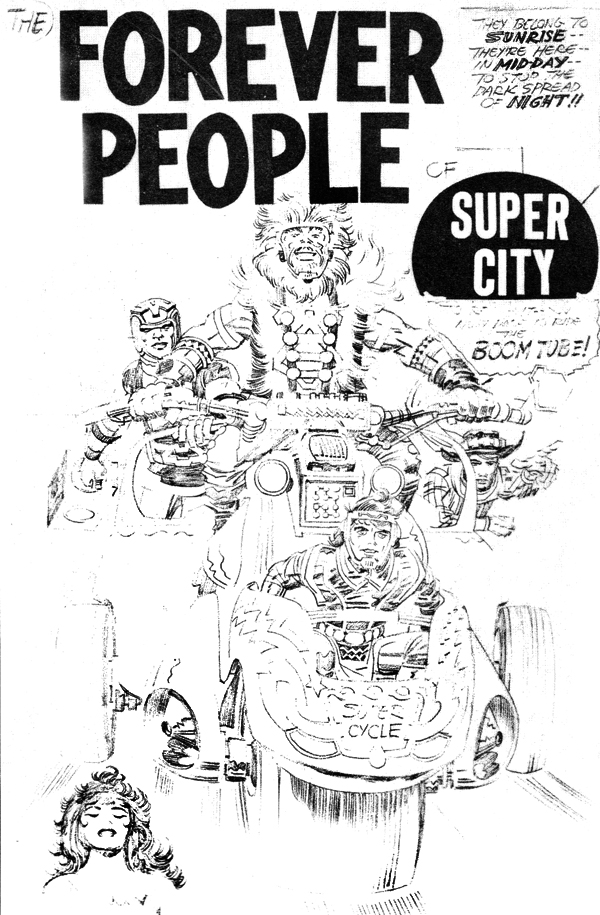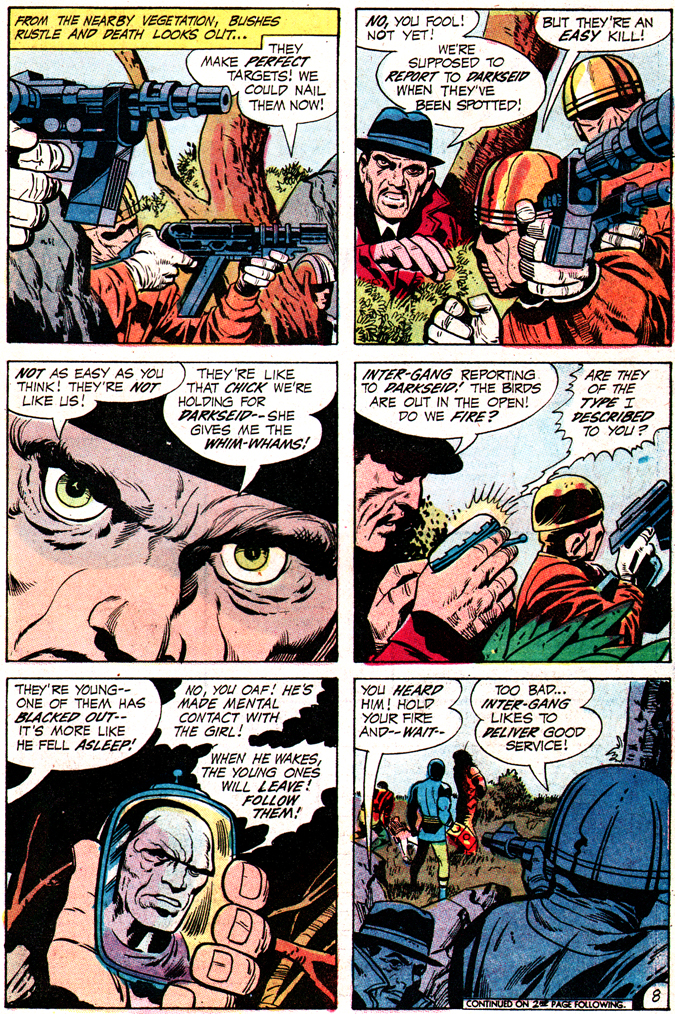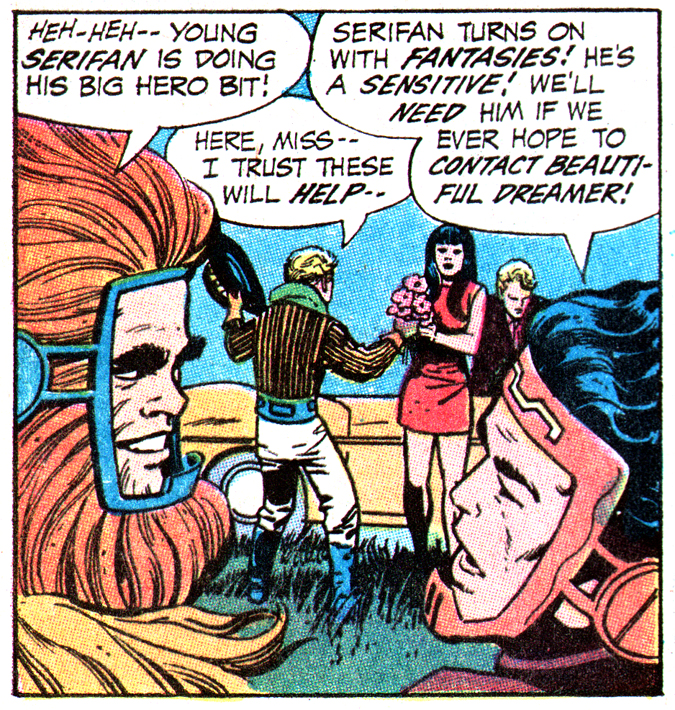If I may be allowed this indulgence…
I dunno if it’s the specter of death flittering about the edges of my psyche in these colder, decaying days of mid-autumn and on the down-side portion of my life, but I’m a little more jumpy lately. A few minutes ago, a leaf falls on the ground, I see it land from the corner of my eye, and I’m a little startled. An imagined “meow” seems to emanate from the back seat as I drive yesterday, and I’m like, “Huh? Wazzat?” Last night, just absentmindedly staring at the license plate on the van in front of me, I am filled with this slightly creepy feeling that some little mistake is going to lead to some big, dreadful event. It’s only a minor paranoia, a small uneasiness, but it’s now a constant and, inevitably, it leads to the realization that my time on this earthly plane will have an inevitable conclusion. Finito, the end, that’s the whole enchilada, buddy-boy.
The zeitgeist deems my wife and I are members of the “sandwich generation,” a phrase I’ve been reluctant to embrace, like au courant “comfort food,” but the term is so apt these days, expertly describing the unfolding reality of our lives. Without yammering on too much of my personal life — this is, after all, a blog about a comic book artist and his work — it should be enough to say the grown kids don’t appear to be leaving Casa Cooke any time soon and in-law misfortune adds an entirely new and unexpected dimension to our daily regimen as a 23-year-old married couple. Days are filled with obligations and chores, and surprises young sons give their parents sometimes seem perpetual, so the word “hectic,” overused and by now a cliché, is still the one best characterizing these time for Mr. and Mrs. Cooke.
And so what? Life could be far worse, pressures much more pressing, happiness utterly extinguished because of health and financial catastrophes. I mean, I’m not disadvantaged like so many on planet earth; we both work at good jobs and no one we support suffers from material want. But, still, my contemporary reality gives pause and invokes in me a certain jitteriness regarding the future. My mom will tell you I’ve always been this way, restless, and she says I’m just itchy.
And I am purposefully itchy these days, at least about this, the Fourth World blog and assorted other things Kirby, and it’s a heaven-sent urge to scratch that is transforming my life. Despite chimeras of doom nibbling away of the borders of consciousness, I’m experiencing a great awakening, coming to realizations about my role in life and what comics mean to me in the final analysis. Ask anyone I’ve associated with and I think, to a person, they’ll tell you that Jon B. Cooke is a little crazy (though more than one might leave out the qualifier!). Obsessions have ruled my interests since probably Day One, and among them, obviously, is my passion for Jack Kirby’s masterful storytelling. Such preoccupations have also led me far astray, and all too often, to isolation and avoidance, when I would indulge in any number of manias, among them certain disparate subjects as Gerry Anderson teevee shows, the JFK assassination, Alfred Hitchcock anthology paperback collecting, Doctor Dolittle, national politics, running and an unhealthy fixation on the Holocaust. And, it’s funny, these engrossments very often coincide with the advent of fall, a time when, I suspect, I suffered seasonal depression.
In other words, consumed with guilt of neglected obligations and riddled with despair that it was all “too late” to make amends and set things right, I delved into distractions becoming increasingly void of meaning. Yes, I was learning more than your average Joe about Kristallnacht, the “magic bullet,” and Joe 90, but it was becoming (pardon the term) just mental masturbation, empty of any use and serving nothing but my increasingly nonsensical immersions. Just another cycle of dysfunction adding to a life filled with seemingly endless rotations of self-absorbed inanity, looping like the seasons every year.
I would, typically, snap to attention with the turn of the calendar page, rush to tidy up and ready my office for the new year, because “this” time,” “this” year, would be different. I’d jump into my mountain of up-’til-then neglected e-mails, fire off apologies and avowals, and promise everyone, “this” time,” “this” year, will be different. But it always ended up the same old, same old. Sure, life was busy and being a son, husband and father was paramount above all else — and will remain, so long as my responsibilities in that department live and breathe — but, it goes without remark, I could have handled it all much better. Verily.
So, here it is again: the frost is on the pumpkin, trees are stripped bare and tonight they’re turning the clocks back for us to have even less daylight in the afternoon. (How is the weather in Sydney these days, mate?) And what makes “this” time, “this” year any different than the past seven or eight years, since I stopped producing Comic Book Artist magazine? Why believe me now?
Believe it or don’t, I’m not one to seek deification or even “sainthood” for Jacob Kurtzberg. My higher power holds reign over heaven and earth, a little bit more than over the comic book page, and I need to remain humble in recognizing that Truth and grateful for that power’s blessings. But Jack Kirby is my comic book god, my king of the funnybooks, and a perennial inspiration in the work I do. I see in the artist a lovely example in how to approach one’s labor — always do your best and give everything your all — and how to treat others, no matter their status — with deference and respect. I perceive in Jack’s art a blinding majesty and import I’ve yet to adequately describe or maybe even fully fathom, but I’m quite convinced his is the stuff of genius, perhaps even touched by divine grace, and I now understand that by recognizing his achievements as such, I have been given a mission (God-given? Dunno ’bout that!) to advocate a greater understanding of the man and his art. My job, as I see it, is to help get Jack the respect I am convinced he deserves.
I had the epiphany early on in this blog’s development, as I was cataloging Jack’s concepts into a database, and the sheer enormity of his accomplishments, if even for a mere 55 issues out of many, many hundreds of comic books he produced in a lifetime, hit me smack square in the forehead. Before this crystalline moment of clarity, I had simply chosen Jack’s Fourth World as yet another obsession to try and satiate my bottomless pit of want; but then, sitting at my desk, plunking away in Excel, inventorying the Boom Tube and Mother Box, I was struck with a sense of purpose and a path to attain a sense of joy in my endeavors. I was shown a way to perhaps dampen inner turmoil and ambivalence. I was endowed with a desire to be of service.
Simply put (if not so simply done), I will seek to help produce as-definitive-as-possible three tasks, besides this miniscule blog, that will do its damnedest to manifest Mr. Kirby’s labors to the greater world: in print, through celluloid, and by event. Sorry to be oblique at this stage but, well, gotta prepare…
Is a revival of Comic Book Artist magazine part of the equation? I don’t know, much as I’d like that labor o’ love to return. The publishing environment is vastly different than last when I was part of it and there are a lot of amends that need to be made, a number of hat-in-hand sincere apologies given, before I jump in again. So, we’ll see. I do know that I’ll be a very lucky hombre if the study of comics will turn out to be my life’s work — and, without equivocation, I certainly intend it to be! I hope I can be an asset, giving more than I get, be an addition to the field and not a subtraction. To make this, for me, a New Age.
I also know I will be completing this life-changing endeavor, what I affectionately call “365JK4W” (ain’t that a cute name?), whether or not my readership dwindles to none. It’s fun, it brings joy to my life, and it’s nice to be back chatting up the stuff I love, so whaddaya want for nothing? I thank you folks for reading these essays and have special gratitude for those who chime in. I’ll also be contributing again to John Morrow’s superb ’zine, The Jack Kirby Collector, and dedicating time to the development of said plans. Thus I’ll be around, Kirbyheads, whether you like it or not.
Believe you me.
The days are getting shorter, and if it is fear of the grim reaper that’s motivating me, so be it. I’m on a mission. I sincerely hope you can participate and I am grateful for your attention. Thanks.











